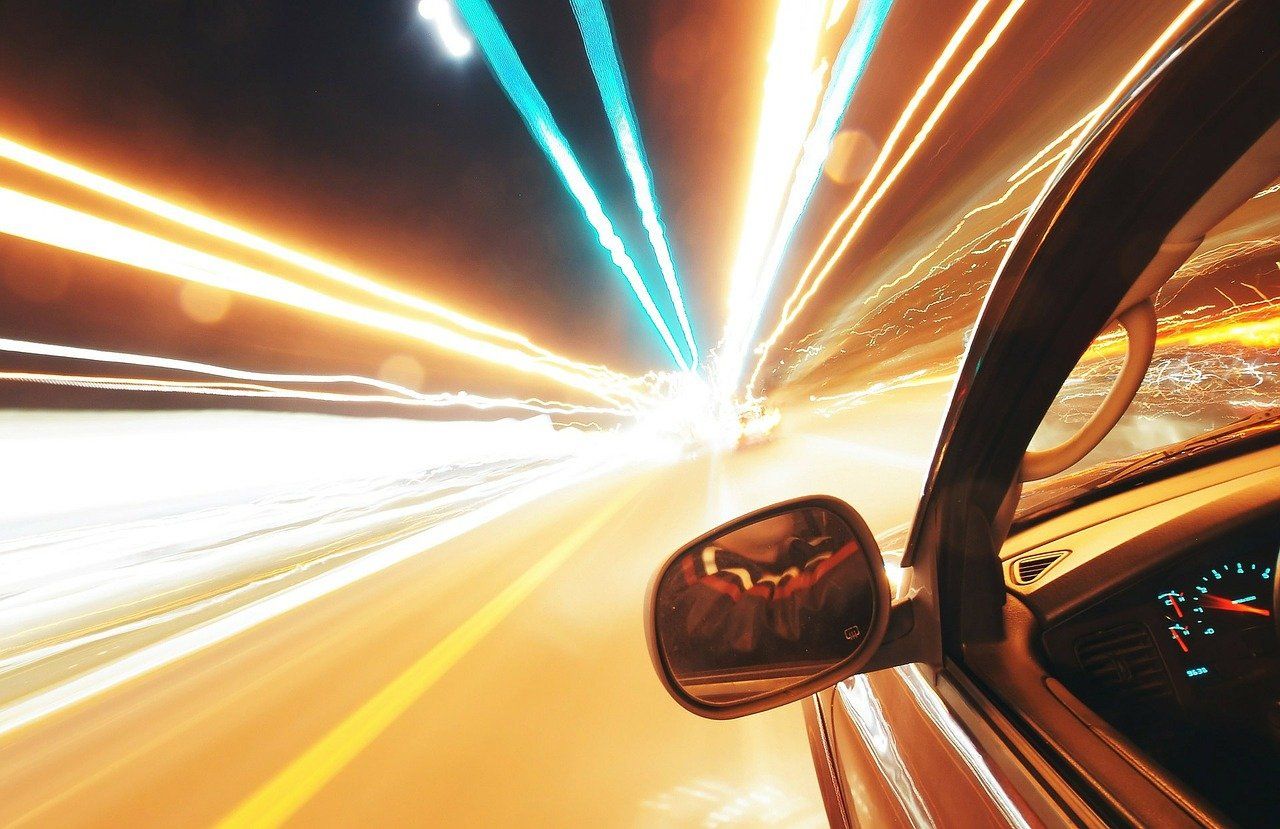The European Space Agency (ESA) has confirmed its passenger car platooning project will move into a live trials phase in Q1 2022, in collaboration with European automotive engineering consultancy, Horiba Mira and Global Navigation Satellite System (GNSS) pinoeers GMV NSL (Nottingham Scientific Limited).
The ground-breaking project aims to advance platooning – the process of optimising the co-ordination of traffic streams – by embracing a number of advanced technologies. The first of these is cooperation between all the cars in the platoon to share information about their respective positions on the roadway.
Cooperative positioning is enabled with a variety of range-finding sensors, such as radar, with data being shared between cars via low latency wireless communications. Finally, for this data to be ‘trusted’ to inform the management of the positions of the cars in the platoon, it is evaluated by an integrity algorithm.
The integration of these technologies will unlock a series of benefits for individual drivers and wider society. A platoon automatically optimises the flow of vehicles along highways and prevents the characteristic phenomenon of waves of braking and acceleration events, known as perturbations, transmitting through streams of traffic when vehicles are manually driven at high levels of density, such as during rush hours.

Horiba Mira and GMV NSL’s ground-breaking project to automate platoons of cars travelling on motorways will allow passengers to enjoy smoother driving conditions by optimising throttle and brake profiles, which in turn improves vehicle efficiency and reduces emissions.
The improved throughput on existing highway infrastructure also reduces the requirement for new road building at a period where road traffic is predicted to steadily rise. Additionally, a cooperative positioning solution reduces hardware costs, while the use of integrity algorithms assures safety and robustness, and critically can be used to optimise the speed and following distances of the platooning vehicles.
Horiba Mira is the expert automotive engineering partner in the project; the company’s Assured CAV division has more than 15 years’ experience in cooperative driving research and development, vehicle-to-infrastructure (V2X) and vehicle-to-vehicle (V2V) communications. Its responsibility is to implement the relevant hardware and software to support V2X communications and develop the platooning algorithm that will dynamically optimise performance. Horiba Mira’s novel vehicle-in-the-loop simulation capabilities will also enable seamless progress from simulation-based development to proving ground trials within 2022.
“We are breaking new ground with this approach to car platooning, which is an evolution of the developments achieved in vehicle safety through advanced driver assistance systems,” says Tim Edwards, Horiba Mira’s chief engineer for CAV technologies. “With platooning we have the opportunity to also make significant improvements to efficiency by integrating connected and automated driving technologies. And, as congestion becomes less tolerable and the demand for mobility seems set to rise, it brings further benefits of improved traffic efficiency and road utilisation.”
The project is funded by the European Space Agency under the ESA Navigation Innovation and Support Programme (NAVISP) and will inform the ESA’s future developments and contribute to applications of GNSS and communication technologies within the automotive sector.





